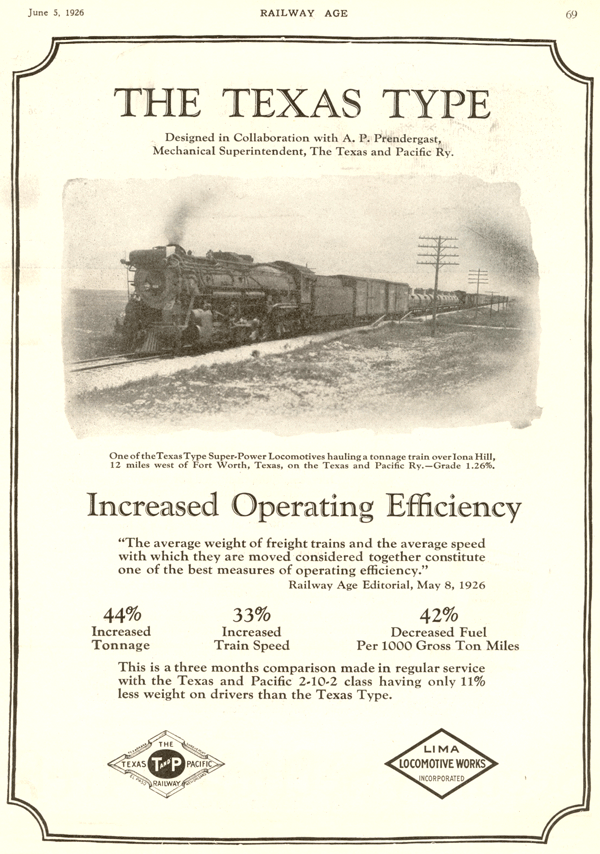23 - The Maturation of Boogie Woogie Paralleled the Maturation of Steam Locomotives
by John Tennison — History of Boogie Woogie
The repetitive, ostinato, departing-acceleratory, chugging, thumping, rattling sound; as well as the bluesy Doppler-effected, pitch-shifted wail of steam whistles on steam locomotives inspired musical elements heard in Boogie Woogie and Blues music. Moreover, it is interesting to note that the maturation of Boogie Woogie paralleled the sound, power, and speed of maturing steam locomotive technology. Also of significance is that the 1920s maturation of Boogie Woogie occurred in Chicago (the nation’s largest railroad hub), and not in New York City. The development of Boogie Woogie in Chicago (and not in New York) might not be a coincidence in that Chicago’s laws allowed steam locomotives to come chugging into the heart of downtown past dwellings and businesses. However, New York City’s laws did not allow steam locomotives within the city limits. Thus, Boogie Woogie players who had moved to Chicago from the south had the continued opportunity to regularly hear and be inspired by the ever faster, ever louder, ever more powerful sound of maturing steam locomotive technology. People living in New York City, however, had fewer opportunities to hear and thus be inspired by these characteristics of the sound of steam locomotives.
The Texas Type 2-10-4 Super-Power Steam Locomotive: A Metaphor for “Fast Texas” (Boogie Woogie) Piano
The Texas Type 2-10-4s were among the increasingly faster and more powerful steam locomotives to be designed and produced in the 1920s. The ever-increasing tempo of performed and recorded Boogie Woogies correlated with the increasing speed and power of steam locomotives.








